Archives
- 2025-10
- 2025-09
- 2025-03
- 2025-02
- 2025-01
- 2024-12
- 2024-11
- 2024-10
- 2024-09
- 2024-08
- 2024-07
- 2024-06
- 2024-05
- 2024-04
- 2024-03
- 2024-02
- 2024-01
- 2023-12
- 2023-11
- 2023-10
- 2023-09
- 2023-08
- 2023-06
- 2023-05
- 2023-04
- 2023-03
- 2023-02
- 2023-01
- 2022-12
- 2022-11
- 2022-10
- 2022-09
- 2022-08
- 2022-07
- 2022-06
- 2022-05
- 2022-04
- 2022-03
- 2022-02
- 2022-01
- 2021-12
- 2021-11
- 2021-10
- 2021-09
- 2021-08
- 2021-07
- 2021-06
- 2021-05
- 2021-04
- 2021-03
- 2021-02
- 2021-01
- 2020-12
- 2020-11
- 2020-10
- 2020-09
- 2020-08
- 2020-07
- 2020-06
- 2020-05
- 2020-04
- 2020-03
- 2020-02
- 2020-01
- 2019-12
- 2019-11
- 2019-10
- 2019-09
- 2019-08
- 2018-07
-
br Hypothesis on DDR protective mode of
2021-03-15
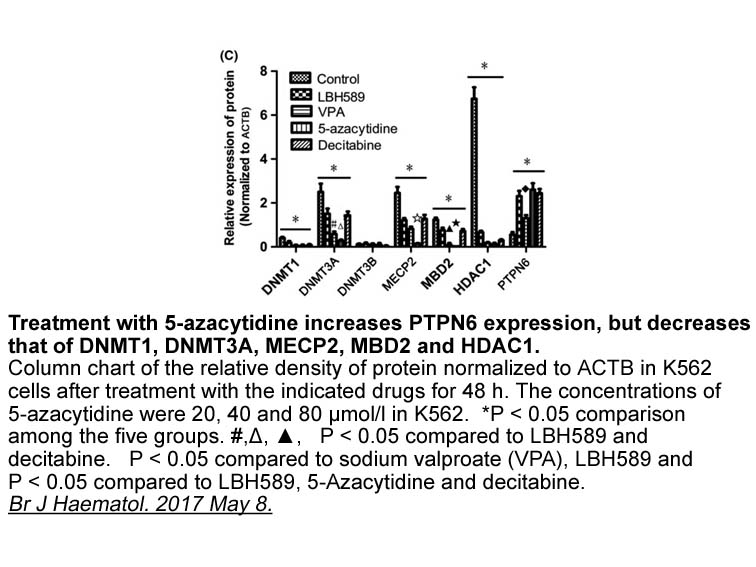
Hypothesis on DDR1 protective mode of action The documented protective role of DDR1 is quite impressive, demonstrated using different preclinical models (immunologic [46,54,58], obstructive [45], and hypertensive [50]) with different intervention paradigms: genetic ablation [45,50,58,72], silenci
-
Fmoc-His(Trt)-OH In the growth of cereal
2021-03-15
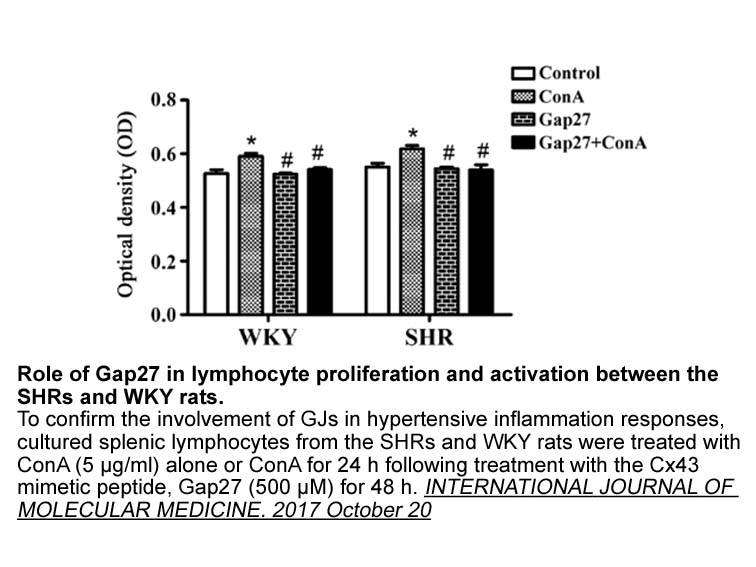
In the growth of cereal seeds there are two phases, development and germination, separated by dormancy. The developmental phase contains the three following stages: 1. early development including double fertilization which results in the formation of the diploid embryo (by fusion of the egg cell wit
-
ERR induces the expression of
2021-03-13
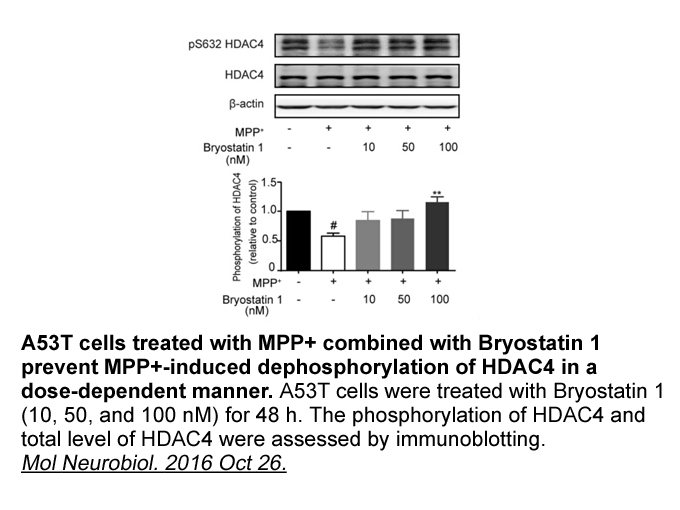
ERRγ induces the expression of P450c17 in MA-10 cells and in mouse primary Leydig cells (Fig. 2). Deletion mutant analysis of putative ERRγ-binding sites in the P450c17 promoter suggested that only the proximal third site located between −269 bp and −136 bp within the P450c17 promoter is functional
-
br Introduction Phoenixin PNX is
2021-03-13
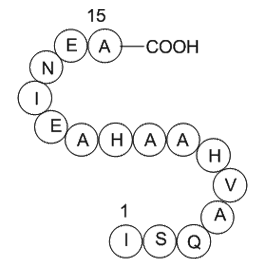
Introduction Phoenixin (PNX) is a recently discovered peptide produced mainly in hypothalamus by proteolytic cleavage of a small integral membrane protein 20 (Smim20) [1]. The most important endogenous active isoforms of PNX are amided peptides, composed of 14 and 20 apigenin receptor [2]. Previ
-
A cocktail approach can detect the activities
2021-03-13
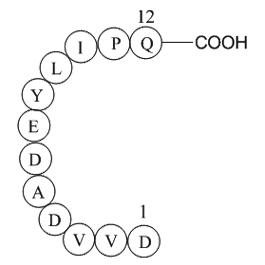
A cocktail approach can detect the activities of multiple CYP 450 isoforms following administration of multiple CYP-specific substrates in a single experiment. Caffeine, losartan, omeprazole, dextromethorphan and midazolam are often used as substrates in “cocktail probes” of human cytochrome CYP1A2,
-
Nimodipine is an L type
2021-03-13
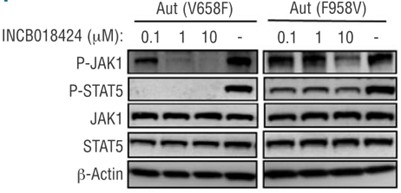
Nimodipine is an L-type calcium channel antagonist that reduces excessive calcium influx during pathological conditions, contributing to its neuroprotective properties (Zornow and Prough, 1996; Kobayashi and Mori, 1998). Autophagy can be induced by increased [Ca2+] (Rami et al., 2008). Nimodipine si
-
br Conclusion Conventional surgical excision of
2021-03-13
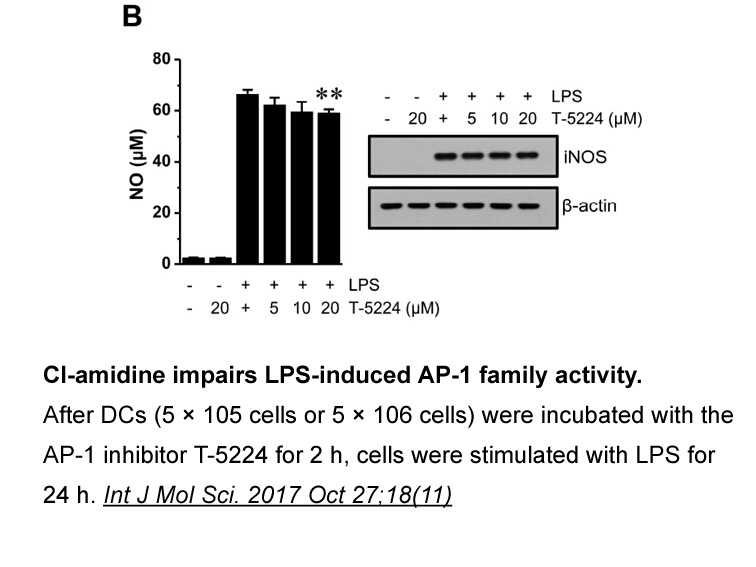
Conclusion Conventional surgical excision of the tumoral lesions is the primer therapy for the BCC. Recurrence rates are significantly higher for surgical margin positive lesions that also creates challenges for the surgeons on obtaining best cosmetic and oncologic results. In our study, EGFR AM0
-
br Inhibiting APC C during Interphase and prior
2021-03-13
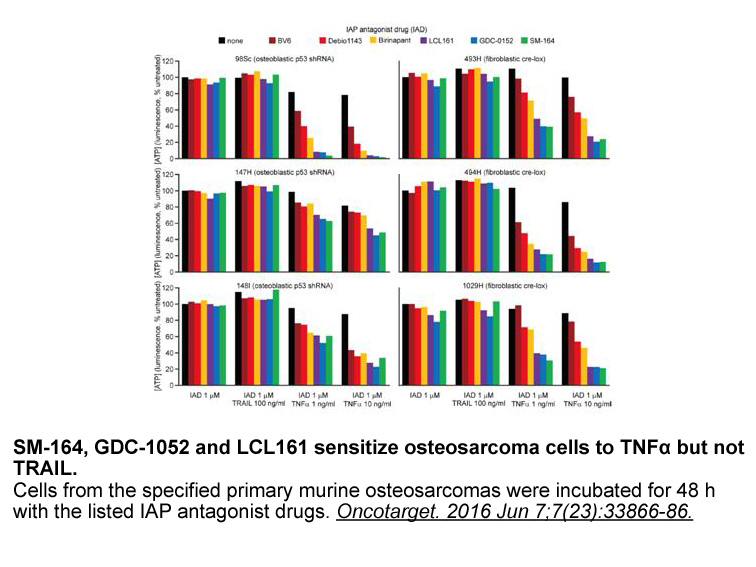
Inhibiting APC/C during Interphase and prior to Anaphase Because ubiquitylation by APC/C triggers cell division, it is essential that APC/C is restrained until cells are prepared for its substrates to be degraded. In addition to regulation by phosphorylation, an additional layer of control comes
-
The ubiquitin proteasome system Ub P
2021-03-13
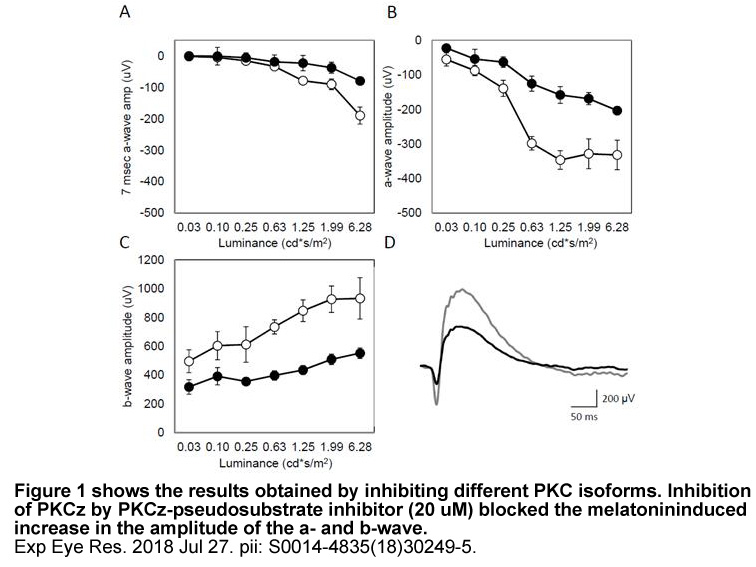
The ubiquitin–proteasome system (Ub–P) is the main cellular machinery for protein turnover in eukaryotic cells (Glickman and Ciechanover, 2002). Degradation by Ub–P involves two steps. Target proteins are selectively, specifically, and covalently attached to ubiquitin (Ub) chains, followed by Ub-tag
-
E protein expressed in a plasmid encoding codon
2021-03-13
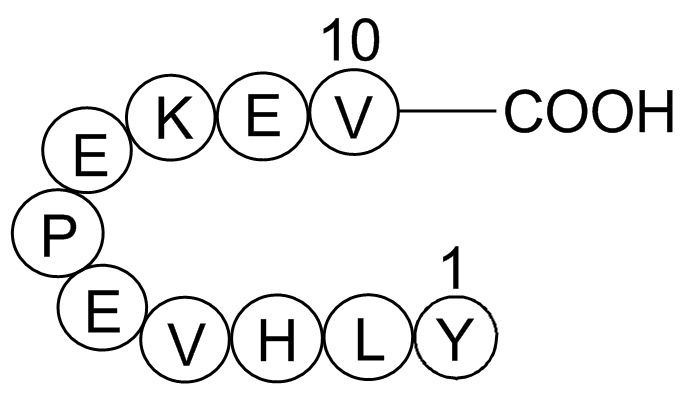
E1 protein expressed in a plasmid encoding codon-optimized canine oral papillomavirus (COPV) led to therapeutic immunization of COPV-infected Beagle dogs [25], [26], which was better than that achieved with plasmids encoding E2 or E7 COPV. Moreover, E1 and E2 from cottontail rabbit papillomavirus (C
-
It was hypothesized that if modafinil
2021-03-13
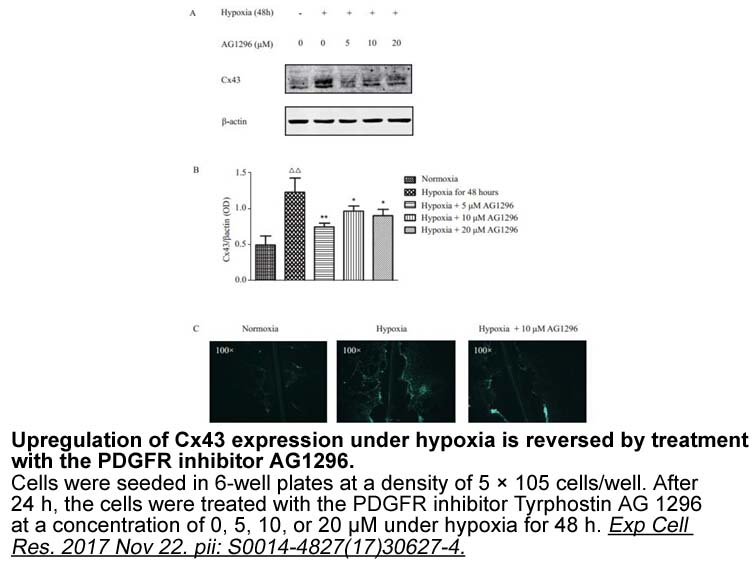
It was hypothesized that if modafinil acts primarily via a noradrenergic mechanism, Dbh −/− mice should be non-responsive since they completely lack NE. In contrast, if modafinil acts mainly through DA systems, these mice should be hypersensitive. Modafinil was tested in Dbh −/− mice using both loco
-
For a physiologically relevant interaction
2021-03-13
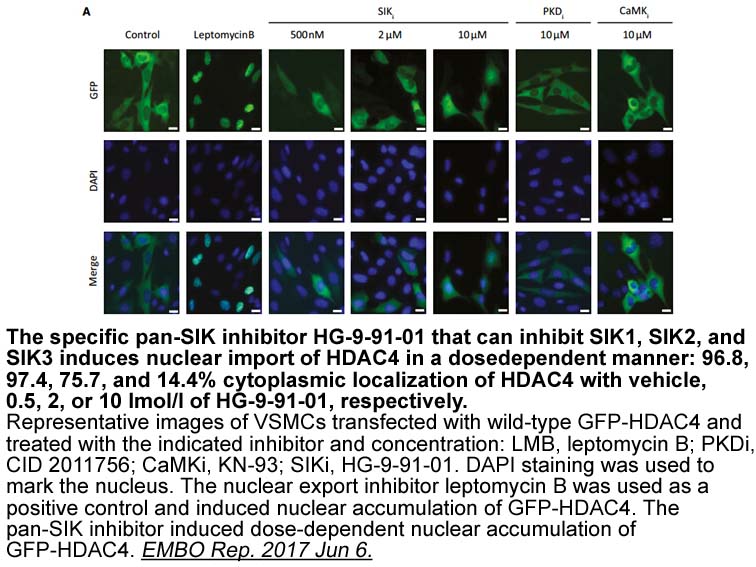
For a physiologically relevant interaction, ligand and receptor have to be expressed in the same place. Collagen II is found primarily in cartilage. DDR2 is expressed in proliferating chondrocytes in vivo, and its staining pattern in tibial growth plates is similar to that of collagen II. In additio
-
AMD is equally active against a broad
2021-03-12
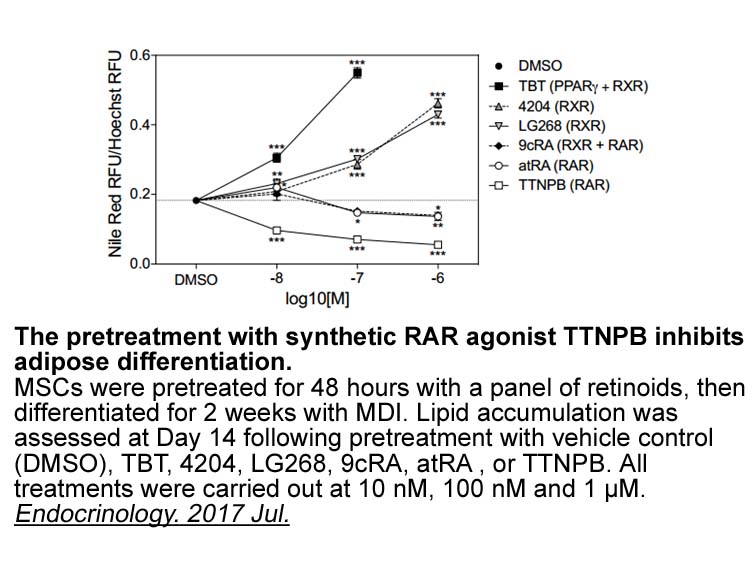
AMD3100 is equally active against a broad range of HIV-1 and HIV-2 strains, but not against simian immunodeficiency virus (SIV) strains in human PBMC (De Clercq et al., 1994). At this moment it is not clear what coreceptor SIV is using in human PBMC, but it does not seem to be CXCR-4 (Feng et al., 1
-
br Introduction The dorsal periaqueductal gray matter dPAG
2021-03-12

Introduction The dorsal periaqueductal gray matter (dPAG) is a midbrain site markedly involved in fear/anxiety-evoked responses as well as in nociception (see, for example, Bandler and Carrive, 1988, Deakin and Graeff, 1991, Fardin et al., 1984a, Fardin et al., 1984b, Litvin et al., 2007). Chemic
-
Previous studies from our laboratory in CD mice using
2021-03-12
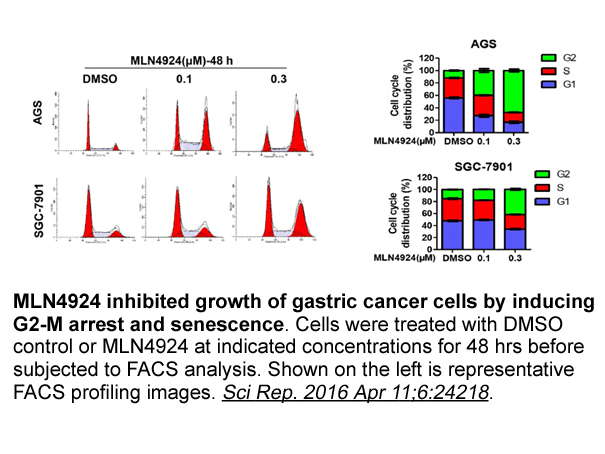
Previous studies from our laboratory in CD1 mice using the incisional postoperative pain model have shown that the incision induces significant mechanical postoperative hyperalgesia lasting between 7 and 10days, with peak effect between 4h-2days (Cabañero et al., 2009a, Cabañero et al., 2009b, Campi
14102 records 660/941 page Previous Next First page 上5页 656657658659660 下5页 Last page